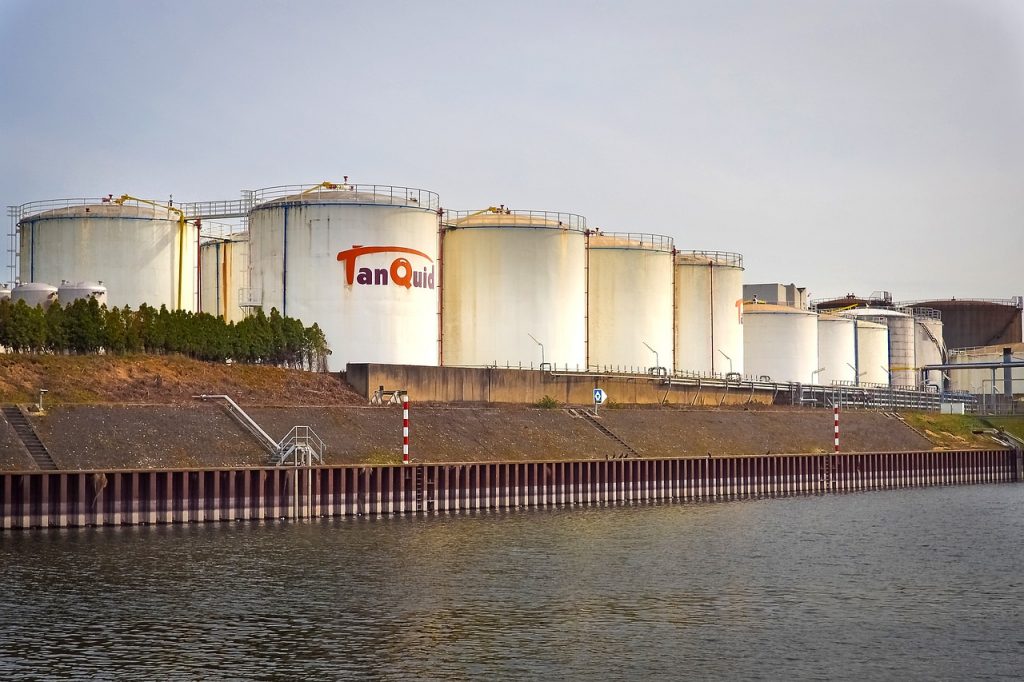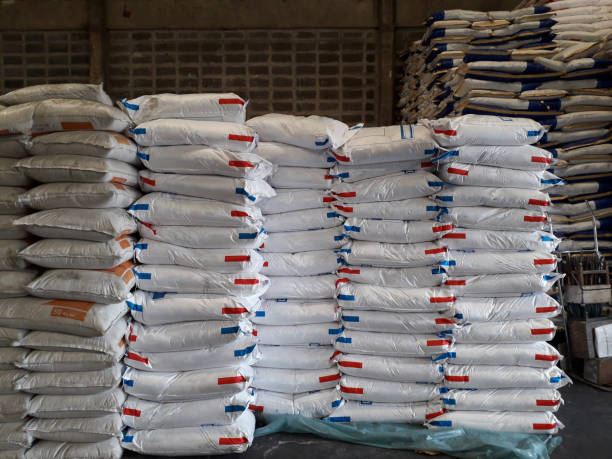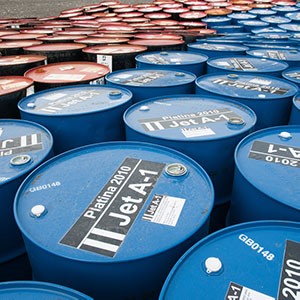Crude Oil

Diesel EN590 10ppm

SPECIFICATIONS:
DIESEL FUEL EURO, EN590 10PPM
| Property | Test Method | Test Unit | Guarantee | Limit | |
| 1 | Density at 15oC | kg/m3 | 820 – 845 | ||
| 2 | Polycyclic aromatic hydrocarbons | EN 12916 | wt% | B | Max. |
| 3 | Flash Point | EN 2719 | oC | >55 | |
| 4 | Cold Filter Plugging Point CFPP | oC | |||
| Winter Grade | -15 | Max. | |||
| Summer Grade | 5 | Max. | |||
| 5 | Distillation | EN ISO 3405 | |||
| Recovered at 250oC | vol% | 65 | Max. | ||
| Recovered at 350oC | vol% | 85 | Min. | ||
| 95% (vol/vol) Recovered at | oC | 360 | Max. | ||
| 6 | Sulphur | EN ISO 20846 EN ISO 20884 | mg/kg | 10 | Max. |
| 7 | Carbon Residue (on 10% residue) | wt% | 0.30. | Max. | |
| 8 | Viscosity at 40oC | EN ISO 3104 | cSt | 2.0 – 4.5 | |
| 9 | Copper Strip Corrosion (3h at 50oC) | EN ISO 2160 | rating | No. 1 | Max. |
| 10 | Fatty acid methyl ester (FAME) content | EN 14078 | vol% | 7.0. | Max. |
| 11 | Cetane Number | EN ISO 5161 EN 15195 | 51 | Min. | |
| 12 | Cetane Index | EN ISO 4264 | calculated | 46 | Min. |
| 13 | Water | EN ISO 12937 | mg/kg | 200 | Max. |
| 14 | Particulate matter | EN 12662 | mg/kg | 24 | Max. |
| 15 | Oxidation Stability | EN ISO 12205 EN 15751 | g/m3 h | 25 20 | Max. Min. |
| 16 | Lubricity (wsd 1,4) at 60oC | EN ISO 12156/1 | um | 450 | Max. |
Mazut
Mazut-100 is a fuel oil that is manufactured to GOST specifications, for example GOST 10585-75 or 99. This product is typically used for larger boilers in producing steam since the BTU content is high. Mazut is much like Number 6 Oil and is part of the products left over after gasoline and lighter components are evaporated from the crude oil.
The main difference between the different types of Mazut-100 is the content of sulphur. The grades are represented by these sulphuric levels:
- “Very Low Sulphur” is mazut with a sulphur content of 0.5%
- “Low Sulphur” is a mazut with a sulphur content of 0.5-1.0%
- “Normal Sulphur” is a mazut with a sulphur content of 1.0-2.0%
- “High Sulphur” is a mazut with a sulphur content of 2.0-3.5%

Bitumen
Where is Bitumen Come?
Bitumen is an oil-based substance. It is a semi-solid hydrocarbon product produced by removing the lighter fractions (such as liquid petroleum gas, petrol and diesel) from heavy crude oil during the refining process. As such, it is correctly known as refined bitumen. In North America, bitumen is commonly known as “asphalt cement” or “asphalt”. While elsewhere, “asphalt” is the term used for a mixture of small stones, sand, filler and bitumen, which is used as a road paving material. The asphalt mixture contains approximately 5% bitumen. At ambient temperatures bitumen is a stable, semi-solid substance.
Supply to where?
ADITEC Imp. & Exp. is a leading global Bitumen supplier. We export different grades of Bitumen in bulk and drums to many countries all over the world SUCH AS INDIA , UAE , TAIWAN , BANGLADESH , PHILIPPINE , INDONESIA , MALAYSIA , THAILAND , KENYA , SOUTH AFRICA , TURKEY AND SOME OTHER PORT IN EUROPE. We try to be our best to meet Bitumen growing demand and satisfying our customers.
Why choose ADITEC Imp. & Exp.?
As we have established our business based on values such as high-quality products, competitive pricing, on time delivery, customer service satisfaction and efficient logistic services, ADITEC Imp. & Exp. has become known as a reliable supplier in international bitumen market and the number of our customers is increasing day by day.
What kind of bitumen we supply ?
We supply different types of Bitumen including Penetration Grades, Viscosity Grades, Performance Grades and Cut Back Grades in a variety of packages. We provide our customers with top quality bitumen in Embossed drums, and other 100%pure bitumen from private factories.


Urea
The global urea manufacturing capacity is estimated to be at 220 million tons/year. Why is there such a significant amount of urea produced? The reason is that, aside from ammonia, urea is the industrial chemical with the highest nitrogen content and is in high demand as a fertilizer. It decomposes into ammonia (really ammonium ions) and carbon dioxide in the soil. Nitrogen-fixing bacteria convert ammonium to nitrate, which is easily absorbed by plant roots. Aside from its high nitrogen concentration, urea is particularly beneficial because it can be applied as a solid in the form of pellets and because of its very high-water solubility, which allows it to be mixed with other plant nutrients in solutions.
Agriculture consumes more than 90% of urea output. The remaining 20 million t is used in animal feed (cattle, for example, can convert it to protein), urea-formaldehyde resins, skincare emollients, and barbituric acid production. Instant-cold packs, in which plastic pouches hold urea and water in separate compartments, are based on urea’s significantly negative heat of solution in water. Intermixing produces short-term cooling for painful joints and muscles when the seal between them is disrupted.

Fuel Jet A1
JET A-1 is a kerosene-type fuel. It is compatible with most jet aircraft, both civil and military, helicopter turbine engines, turboprops and compression-ignition piston engines. It has a boiling point of 150°C-250°C, a flashpoint over 38.0ºC (100ºF) and a maximum melting point of -47.0ºC. This fuel is of sufficient quality to meet strict international standards, such as the latest issues to date of the British standard DEF STAN 91-091, the American standard ASTM D1655 and NATO’s F-35 specification.
Aviation fuels fall into two categories: kerosene and aviation gasoline.
Aviation gasoline is like motor gasoline. It consists of hydrocarbons and tetra-ethyl lead and has a high-octane number. It is very popular for propeller aircraft. Like diesel, kerosene is a middle distillate. But it is lighter than diesel while remaining heavier than gasoline. It is the most widely used aviation fuel. It is the type of aircraft and its technical characteristics that will determine the aviation fuel you use. Because of the conditions in which they are used, these fuels both comply with particularly stringent international quality requirements.

